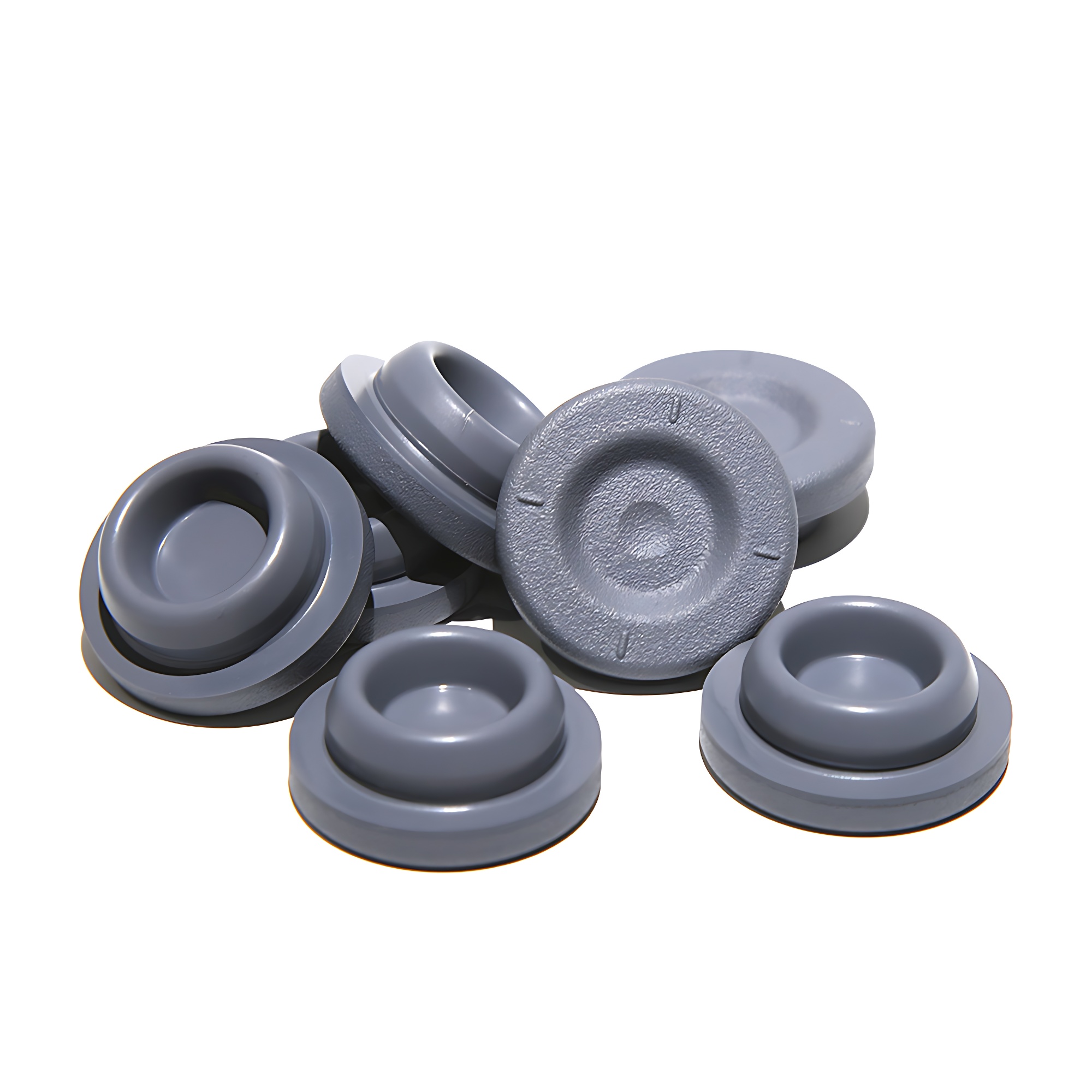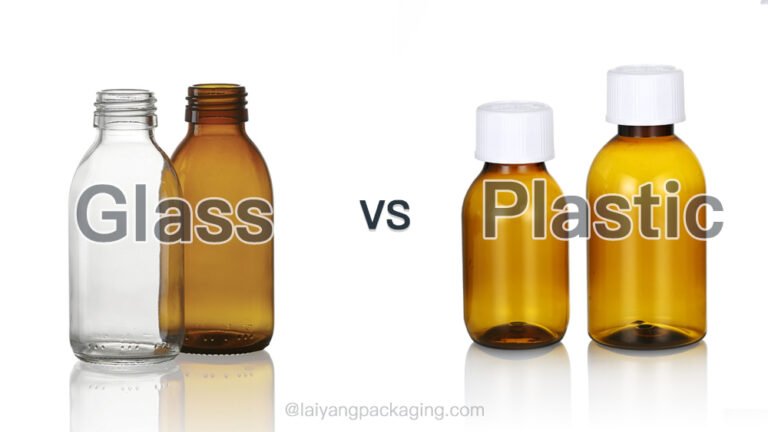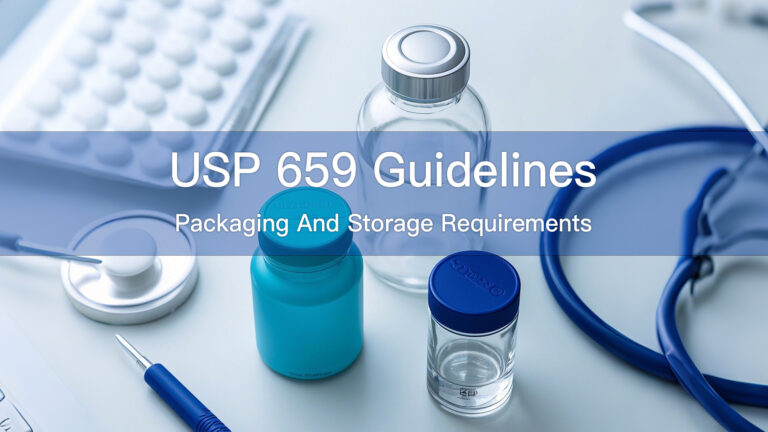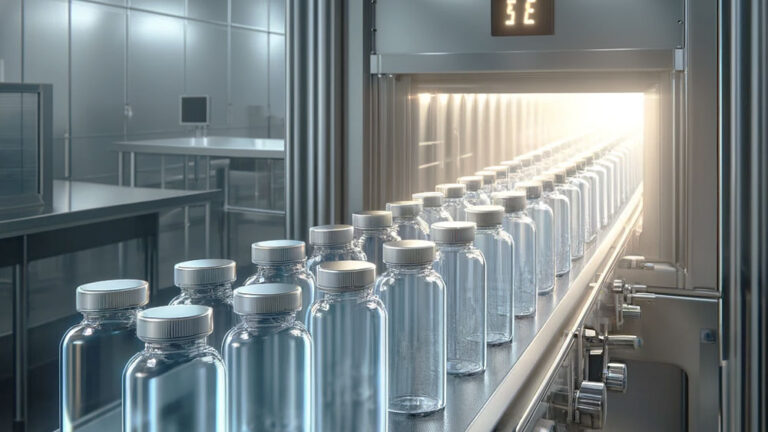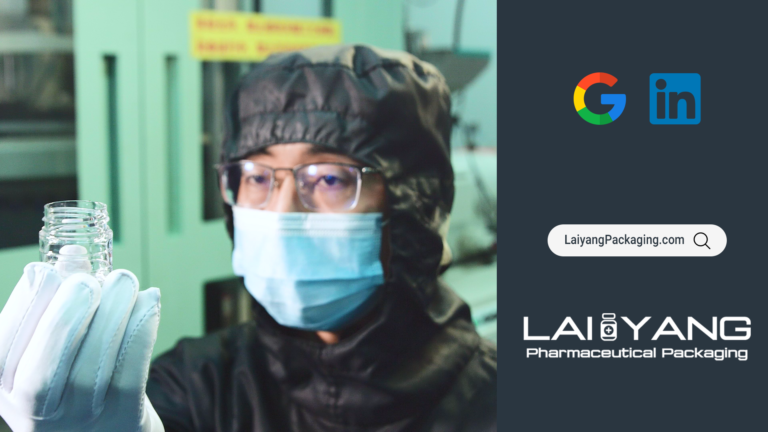Pharmaceutical packaging shapes the brand image and attracts a loyal customer base. Choosing the right packaging can profoundly impact your business, from ensuring product safety to driving sales and profitability, ultimately leading to sustained profit growth.
In the pharmaceutical industry, plastic bottles offer unique characteristics and performance, suitable for various medications. Understanding the potential types of defects that may occur during the bottle manufacturing process is paramount when selecting the appropriate plastic material. At Laiyang Packaging, we are dedicated to assisting you in identifying these defects and providing solutions to ensure you avoid potential subsequent issues, ensuring the continued efficient operation of your business.
1. Identifying the Most Common Defects
1.1 Uneven Bottle Neck
The defect of an uneven bottleneck directly impacts the sealing performance. The gasket fails to seal properly, and the bottle cap cannot fit snugly onto the bottle. This greatly increases the chances of drug contamination, allowing air and moisture to enter the bottle, leading to drug oxidation, degradation, or loss of efficacy. This can reduce the stability and effectiveness of the medication, affecting its overall quality. Furthermore, an uneven bottleneck may cause the bottle cap to be unstable, making it prone to loosening or opening, thus increasing the risk of unauthorized access to the medication, especially for children, which can be highly dangerous.
Such defects result in a poor customer experience, diminishing customer satisfaction and trust in the medication. Negative customer experiences may lead to customer attrition and damage the brand’s reputation.
1.2 Misaligned Threads
Misaligned threads refer to the situation where the threads on the bottle cap do not match those on the bottleneck.
- Visual Inspection: Carefully observe the alignment of the threads on the bottle cap and neck to check if they close perfectly. If the threads appear asymmetric, have gaps, or fail to close tightly, it may indicate a misalignment issue.
- Manual Operation: Try gently rotating the bottle cap by hand and observe if it smoothly and snugly fits onto the neck. If you feel any resistance or looseness during rotation, it might be due to misaligned threads.
This type of defect is also quite common. Misaligned threads can decrease sealing performance, adversely affecting the drug’s quality, safety, and the company’s economic and brand image.
1.3 Raised Mold Seams
Raised mould seams can cause uneven surfaces on pharmaceutical bottles, making it difficult for labels to adhere properly. This can result in label wear or detachment, leading to unclear label information that becomes challenging for patients and medical personnel to read. Patients may have difficulty using the medication correctly without access to accurate information, such as instructions and dosage on the labels. This may lead to medication errors and adversely affect patient treatment, potentially resulting in serious consequences.
Pharmaceutical labels are essential tools for showcasing and disseminating a company’s brand. If these labels are damaged due to raised mould seams, it can affect the product’s appearance, texture, and brand image, reducing consumer trust and recognition of the medication.
1.4 Excess Overflow Material at the Bottle Bottom
Excessive overflow material at the bottle bottom can bring various troubles to the company.
- Reduced Production Efficiency: The excess overflow material may decrease production efficiency on the filling line. Handling or cleaning the overflow requires additional efforts, causing downtime on the production line and reducing overall efficiency and capacity.
- Unstable Product Quality: Uneven bottoms can cause plastic bottles to tilt, display unevenly, or even topple on retail shelves. This impacts the product’s appearance and may result in damaged packaging and drug leakage, affecting the product’s quality and integrity.
- Poor Customer Experience: Uneven bottle bottoms can cause inconvenience during customer use, such as unstable placement or difficulty accessing. This can negatively affect customer satisfaction and trust, potentially leading to customer attrition and damaging the company’s reputation.
1.5 Uneven Sidewalls
- Labels are crucial identifiers that elevate the brand image and enhance product recognition. Uneven sidewalls on bottles can cause labels to bend and wrinkle, preventing them from adhering smoothly and beautifully to the bottles. This affects the product’s appearance and brand image, potentially reducing consumer awareness and trust. The bending and wrinkling of labels may obscure important information, such as product names, specifications, and usage instructions, making it challenging for consumers to read and comprehend. This could result in patients or consumers being unable to access accurate product information, impacting their overall experience and confidence in the product.
- The aesthetic appeal of product packaging and labels directly influences the product’s market attractiveness. If there are issues with the packaging, such as label bending and wrinkling, it can diminish the product’s sales appeal, leading to reduced sales and even loss of competitiveness.
1.6 Plastic Discoloration or Contaminated Raw Materials
Plastic bottles from contaminated raw materials lead to unstable pharmaceutical packaging quality, impacting product image and reputation. Poor pharmaceutical packaging quality can instil doubt in patients and harm the brand image.
2. Collaborating with a suitable pharmaceutical plastic bottle manufacturer
Collaborating with the right manufacturer is the most effective way to avoid such issues. Doing so will help you create packaging that sets your brand apart, enhances profitability, and minimizes risks. So, how can you find a suitable manufacturer for yourself? LaiyangPackaging offers you several tips.
2.1 Product Consistency
Suppliers must establish a rigorous quality control system, standardized production processes, strict management of raw material suppliers, regular internal reviews, evaluations, continuous improvement, and communication with customers to ensure product consistency.
2.2 Compliance
Suppliers must understand and strictly adhere to local and international regulatory requirements, especially pharmaceutical packaging-related ones. This includes quality standards, hygiene requirements, child safety regulations, and other aspects of pharmaceutical packaging materials.
2.3 Brand Customization
Suppliers can ensure their brand customization capabilities, providing pharmaceutical companies personalized packaging solutions that meet their needs. This enhances brand image, boosts product competitiveness, and establishes long-term, stable partnerships.
2.4 Reliable Supply Capacity
Suppliers prioritize packaging quality and actively ensure a reliable supply capacity.
LaiyangPackaging is committed to on-time delivery, ensuring no delays or interruptions in your production and operations. We possess flexible production scheduling capabilities to meet your changing demands and urgent orders. Recognizing the importance of reliable supply, we dedicate ourselves to offering stable and dependable services, working hand in hand with you to ensure smooth business operations.
Conclusion
Packaging is the first thing potential customers see, making it crucial in creating a lasting first impression. While its primary functions include containing, protecting, and marketing your products, your packaging also significantly represents your company’s image. In many ways, packaging becomes an integral part of the product itself.
To ensure packaging quality, collaborating with a high-quality plastic packaging manufacturer is essential, especially for pharmaceuticals. This partnership can enhance your chances of success, as excellent packaging provides exceptional protection and visually appeals to customers and conveys your company’s professionalism and reliability. By working with an experienced plastic packaging manufacturer, you can obtain customized packaging solutions that meet your product’s unique requirements and ensure your products stand out in the market.


